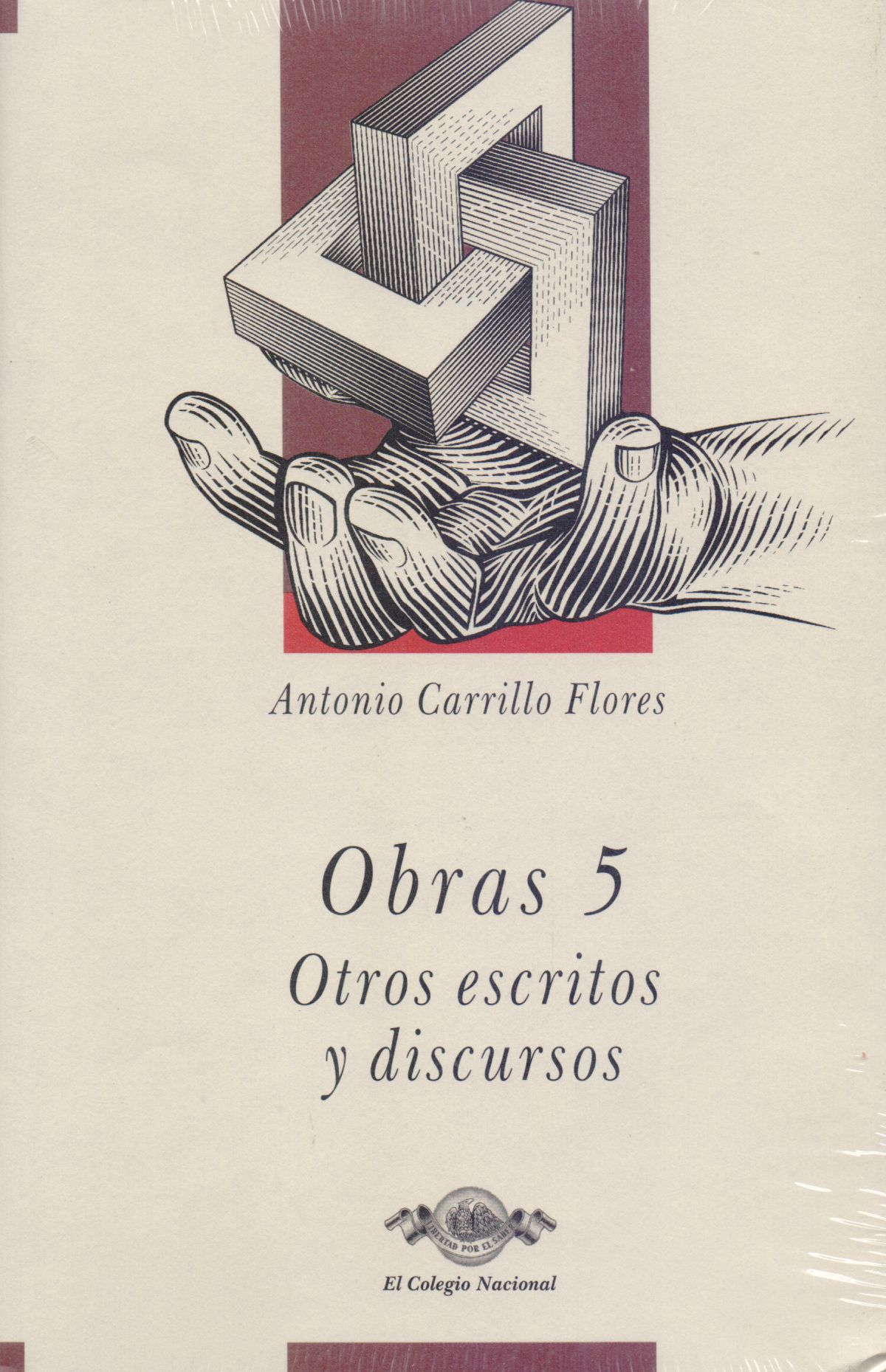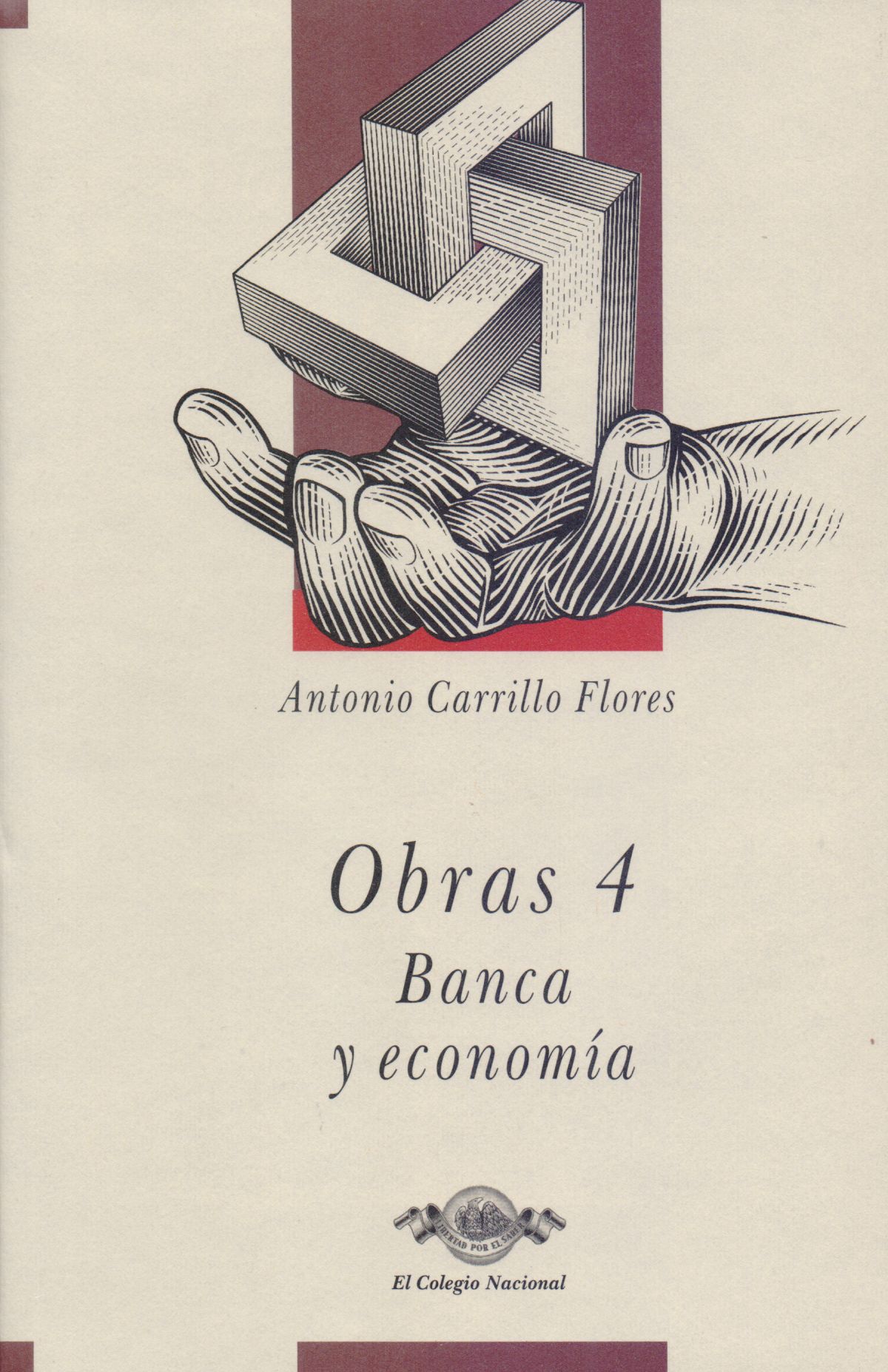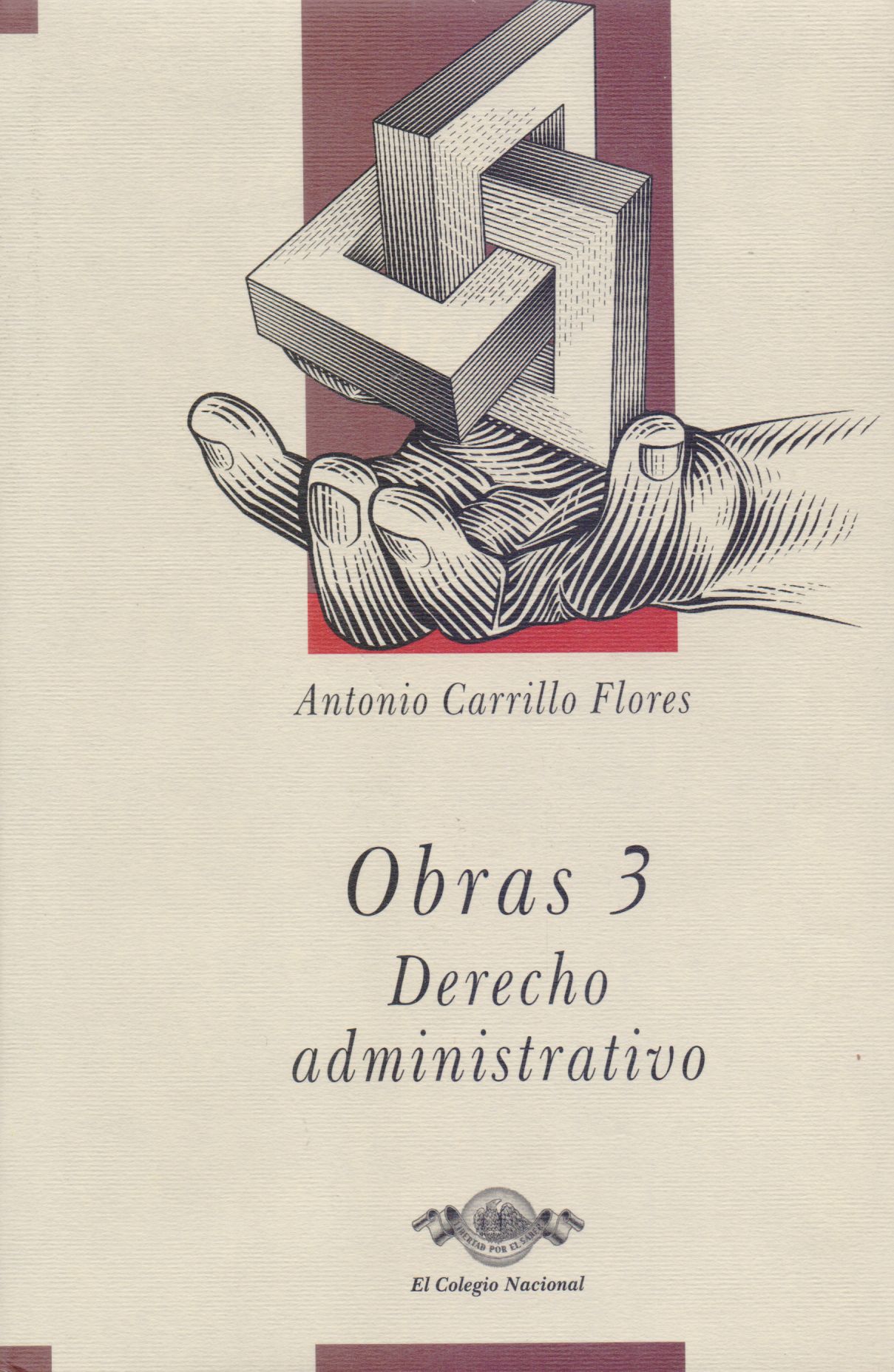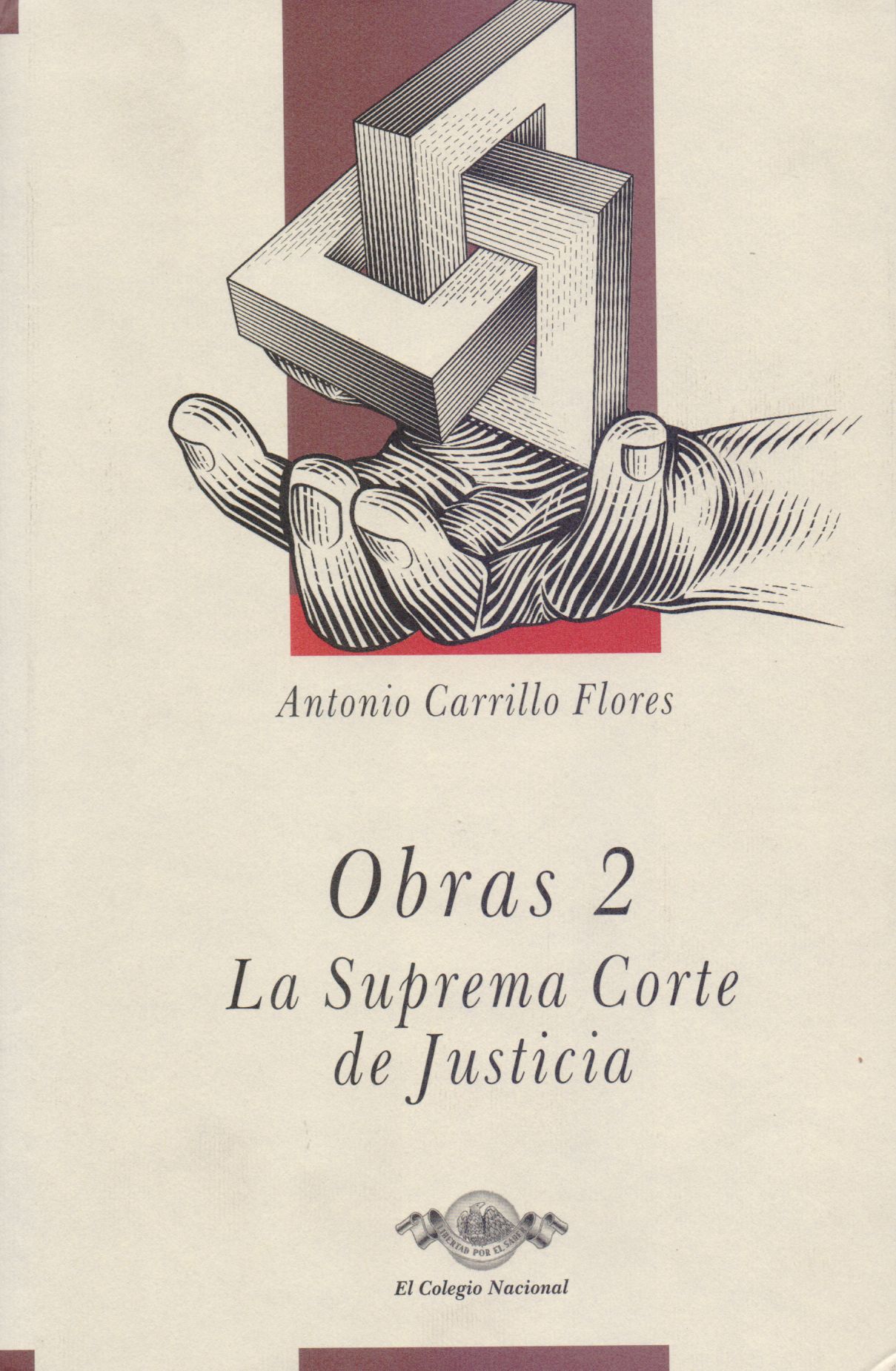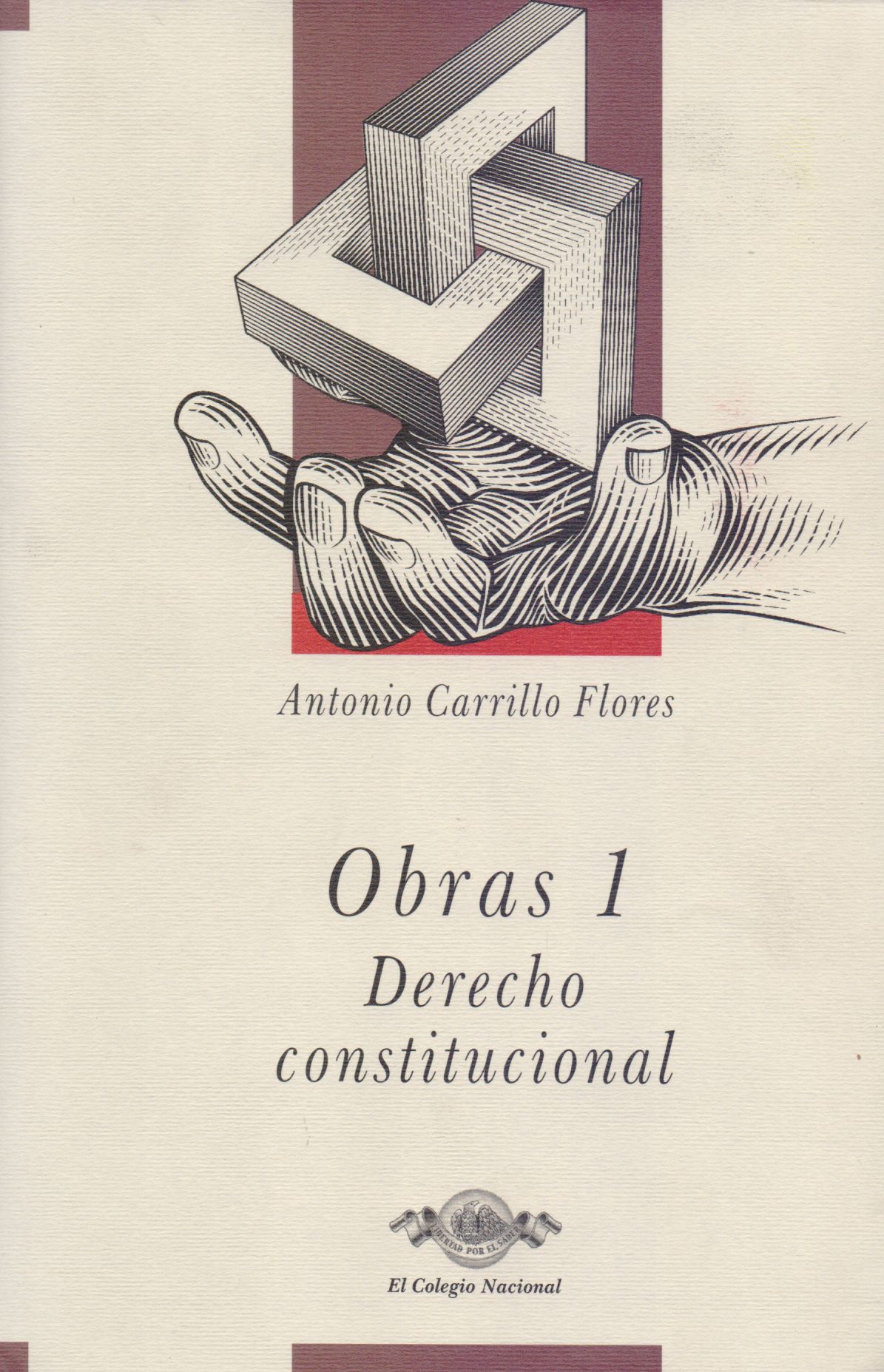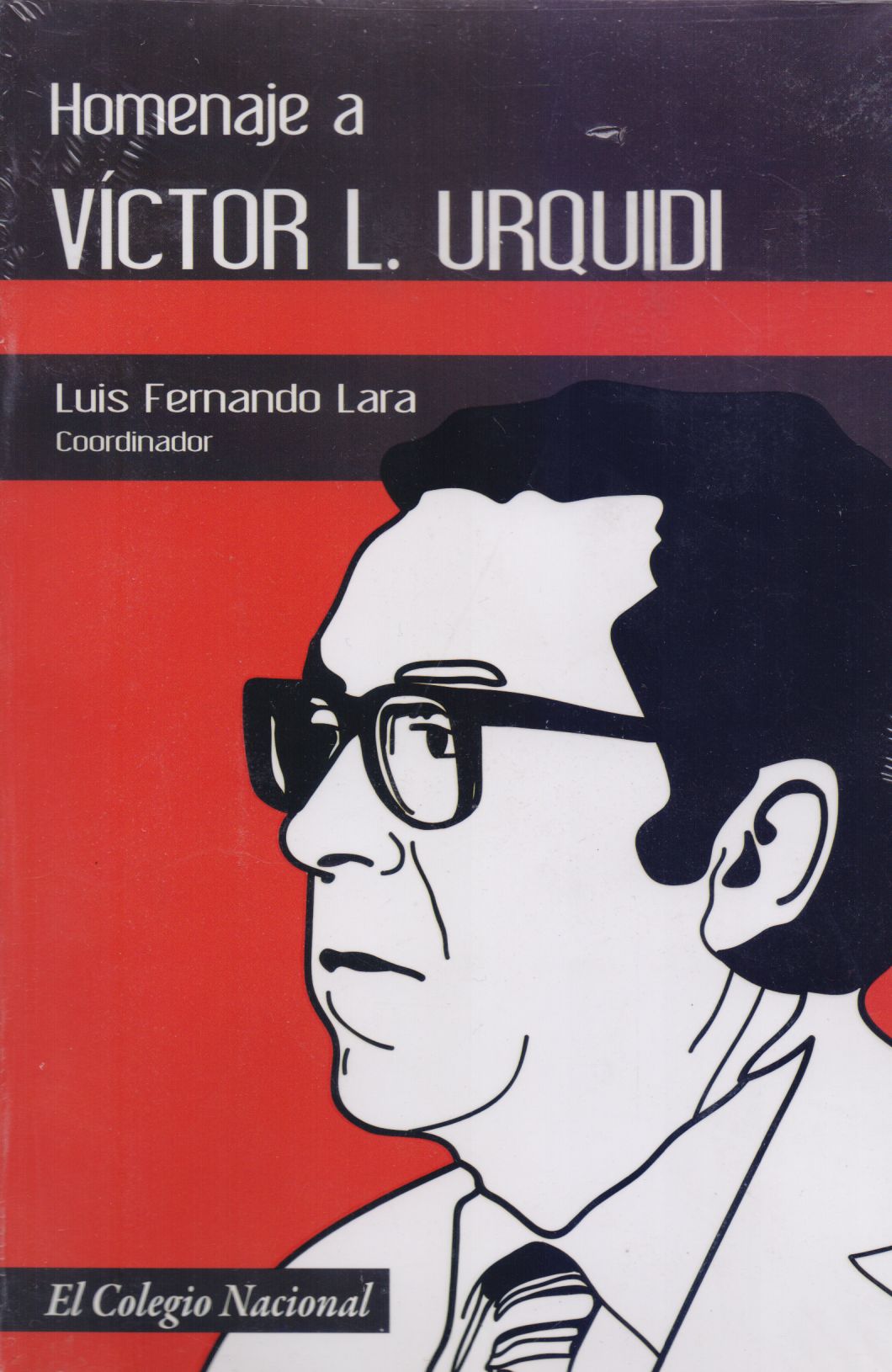Libros relacionados
 |
Poder de la Influencia, El: Geografía del Caciquismo en España (1875-1923) Varela Ortega, José Marcial Pons |
 |
Including a Symposium On Austrian Economics In The Postwar Era (Vol. 34a) Fiorito, Luca / Scheall, Scott / Suprinyak, Carlos Eduardo Emerald Group Publishing Ltd . |
 |
Economics Of Ecology, Exchange, And Adaptation, The: Anthropological Exploration C. Wood, Donald Emerald Group Publishing Ltd . |
 |
Exorbitant Burden, The: The Impact Of The U. S. Dollar's Reserve And Global Curre Ganziro, Taranza / Vambery, Robert Emerald Group Publishing Ltd . |


|
Título: Ex-Im Bank In The 21st Century: A New Approach? | |
| Autor: Clyde Hufbauer Gary/ Rodriguez Rita M | Precio: $250.00 | |
| Editorial: Institute For International Economics | Año: 2001 | |
| Tema: Economia, Internacional, Estudio | Edición: 1ª | |
| Sinopsis | ISBN: 9780881323009 | |
| President Franklin Roosevelt created the Export-Import Bank of the United States (Ex-Im Bank) in 1934 to promote US trade in the midst of the Great Depression. At the outset, the Ex-Im Bank was instructed to supplement, not compete with, private sources of export finance. Historically, the Ex-Im Bank filled gaps when the private sector was reluctant to finance exports to politically uncertain areas -- such as Latin America in the 1940s, Europe in the 1950s, and emerging markets more recently. Critics now ask whether -- in the current era of vast private capital markets -- significant financing gaps still exist that require government action. Put bluntly, should the Ex-Im Bank still be playing a role in financing US exports to emerging markets?
Since the 1970s, the Ex-Im Bank has faced a new challenge: helping US exporters meet the financial competition from foreign export credit agencies (ECAs) -- such as COFACE in France and the Export-Import Bank of Japan. The Ex-Im Bank has tried to cope with foreign ECAs in two different ways. One way is to negotiate common rules for export financing, under OECD auspices. The other is to match credit terms offered by foreign ECAs. A central question for the Ex-Im Bank in the 21st century is whether this dual strategy still provides a viable answer to an array of new forms of competition spawned by foreign ECAs. The Institute for International Economics sponsored a conference in May 2000, both to honor the Bank's 65th anniversary and to look ahead at challenges facing the Ex-Im Bank. This volume-edited by former director of the Bank, Rita Rodriguez, and Institute Senior Fellow Gary Clyde Hufbauer-presents the papers from the conference. The papers both describe the Bank's current environment and identify new problems and opportunities in a global economy characterized by highly sophisticated private finance and intense competition for export markets. This volume provides an analytical basis for evaluating the Ex-Im Bank's future and suggests options that should be considered by the next president and Congress. |
||
Librería Bonilla SA de CV © Todos los derechos reservados. 2019
Última actualización: Jul 2019



